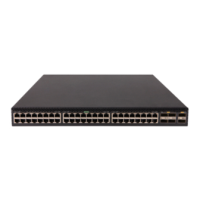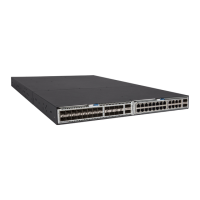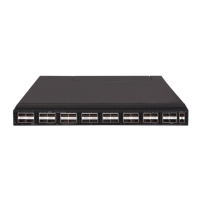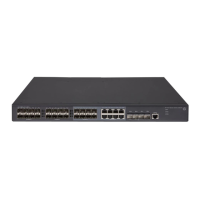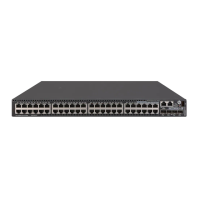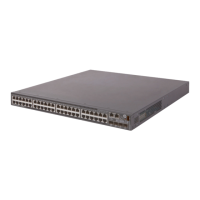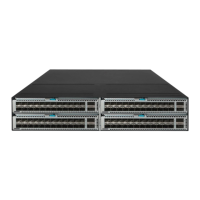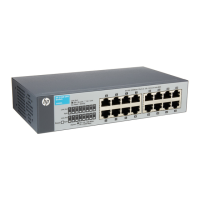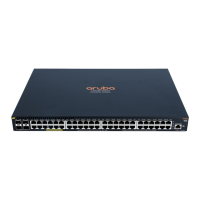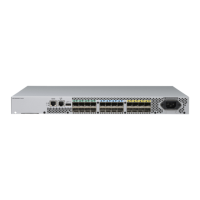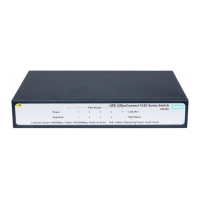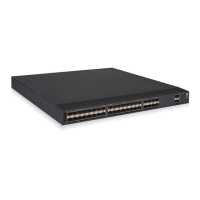
Do you have a question about the HPE FlexFabric 5700 Series and is the answer not in the manual?
| Product Line | HPE FlexFabric |
|---|---|
| Model | 5700 Series |
| Power Supply | Redundant power supply options |
| Layer Support | Layer 2/3 |
| Management | HPE Intelligent Management Center (IMC), CLI, SNMP |
| Routing Protocol | RIP, OSPF, BGP, IS-IS |
| Features | Virtualization |
| Compliant Standards | IEEE 802.1D, IEEE 802.1Q, IEEE 802.1w, IEEE 802.1s, IEEE 802.3ad, IEEE 802.3ae |
| Operating Temperature | 32°F to 113°F (0°C to 45°C) |
| Operating Humidity | 10% to 90% (noncondensing) |
| Latency | Less than 1 µs |
Utility to test network connectivity by sending ICMP echo requests and analyzing responses.
Tool to identify network path nodes and locate failed nodes in network failure events.
Covers NTP access control using ACLs and authentication for secure communication.
Steps to enable the NTP service on the device.
Methods for authenticating NTP messages using keys for security purposes.
Defines PTP domain scope and clock node roles (master, member, subordinate).
Enables PTP functionality on a specific port.
Outlines required and optional tasks for information center configuration.
Procedures for managing security logs, including saving to a dedicated file.
Basic configuration steps for SNMPv1 and SNMPv2c.
Basic configuration steps for SNMPv3, including security models.
Enables SNMP agent to send notifications (traps and informs) to an NMS.
Steps to enable and configure the NQA server for TCP, UDP echo, jitter, and voice operations.
Steps to configure local port mirroring, including groups and ports.
Defines traffic classes and match criteria to classify packets for mirroring.
Configures traffic behaviors, including mirroring actions to specific destinations.
Creates QoS policies and associates traffic classes with behaviors.
Applies QoS policies to interfaces, VLANs, or globally.
Configures IP address for sFlow agent and details for the sFlow collector.
Configures flow sampling on Ethernet interfaces to obtain packet information.
Configures counter sampling on Ethernet interfaces for interface counter information.
Enables detection of kernel thread deadloops based on CPU occupancy interval.
Enables detection of kernel thread starvation when resources are inaccessible.
Steps to enable CWMP from the CLI for settings to take effect.
Configures CPE username and password for ACS authentication.
Process for establishing a NETCONF session between client and device.
Modifies device configuration using attributes like merge, create, replace, remove.
Modifies device configuration using attributes like merge, create, replace, remove.
Locks or unlocks device configuration to prevent unauthorized changes.
